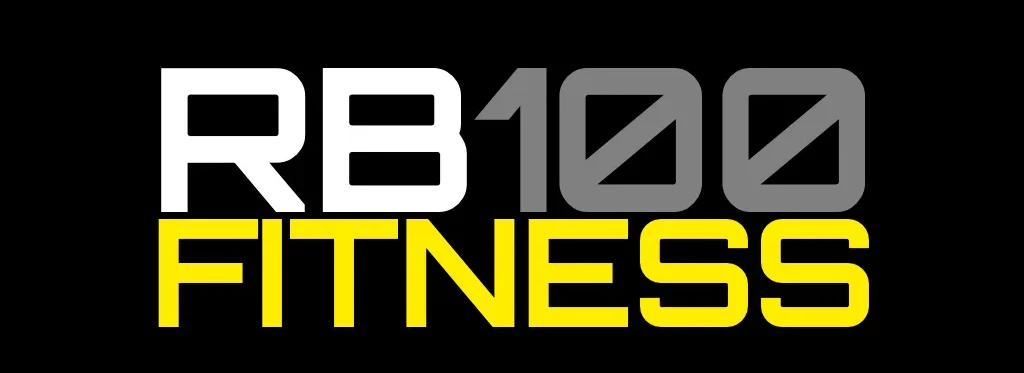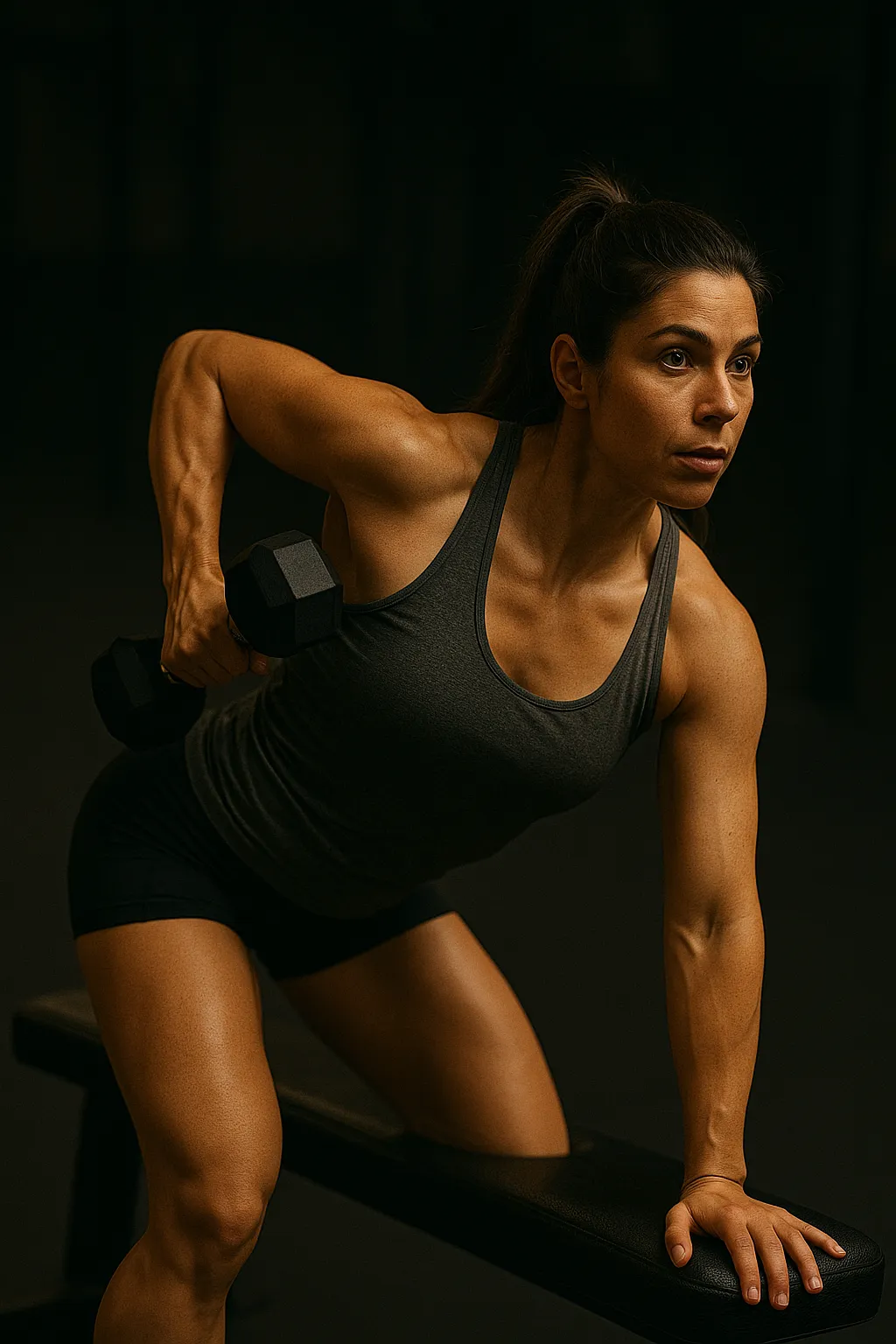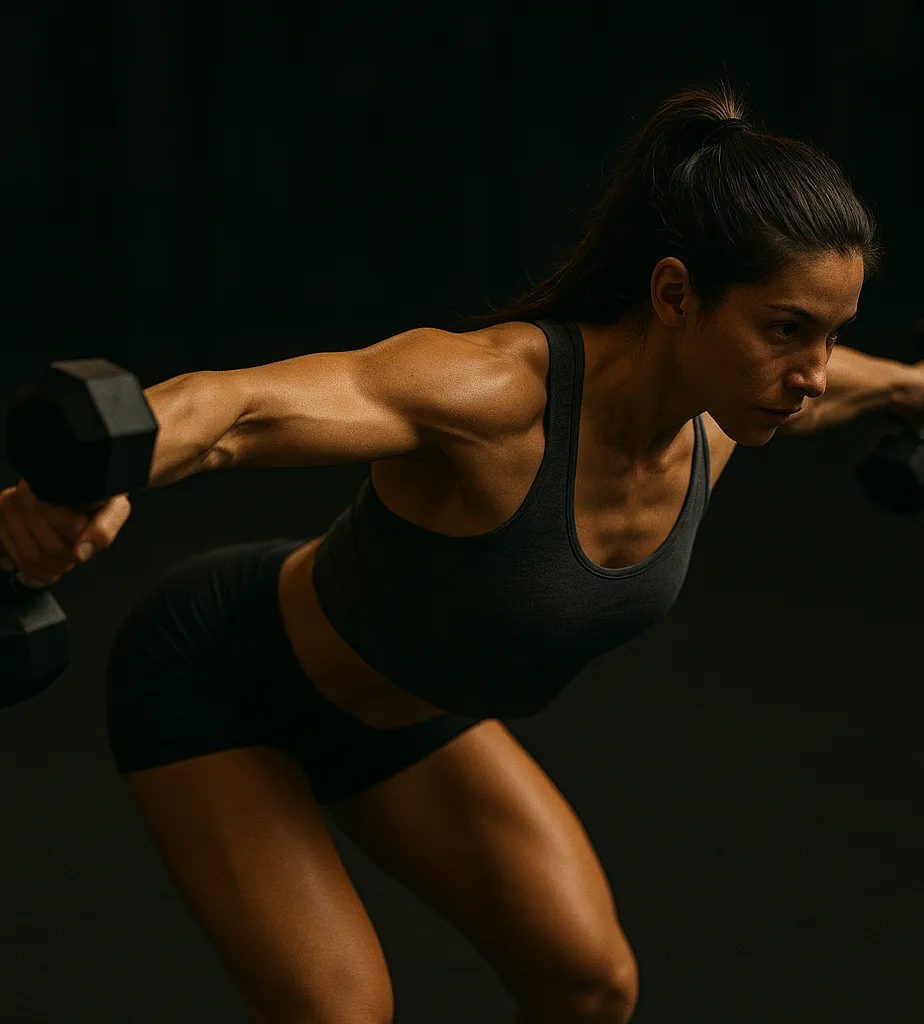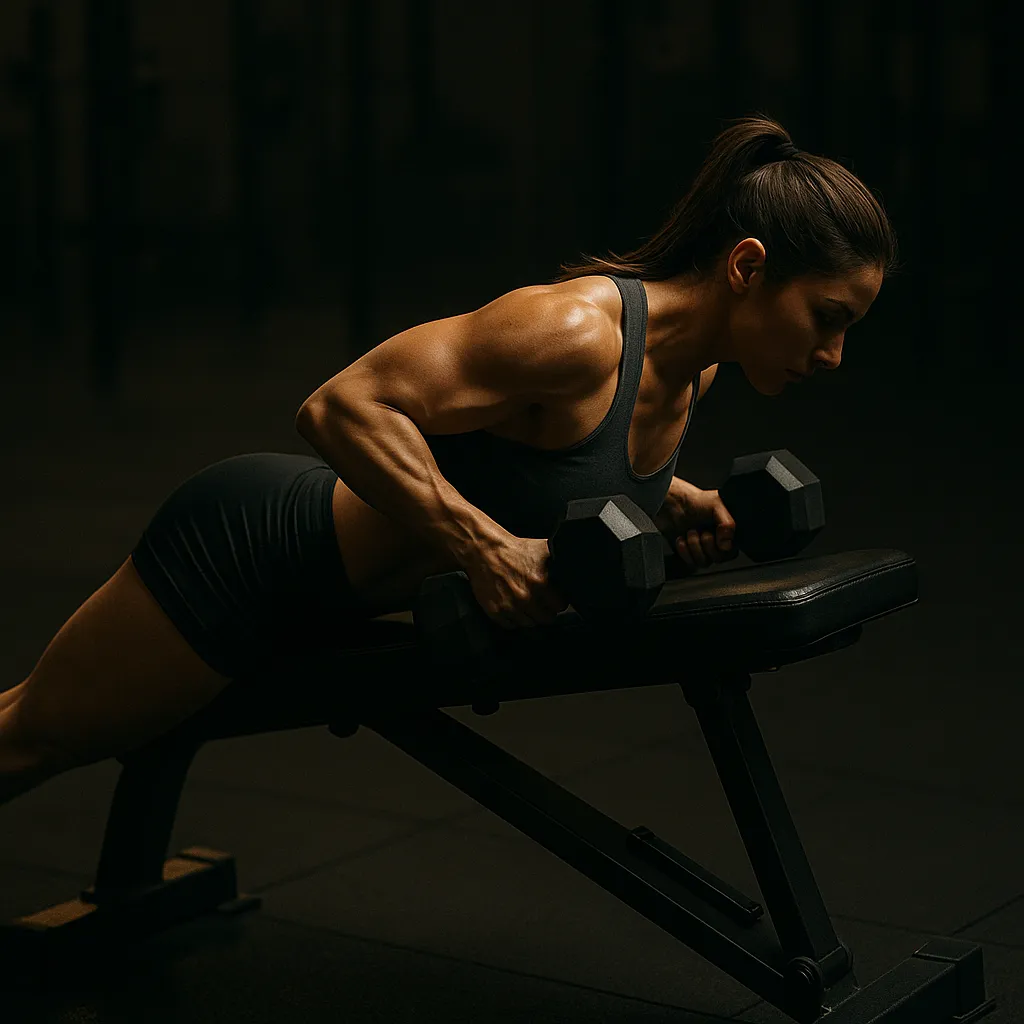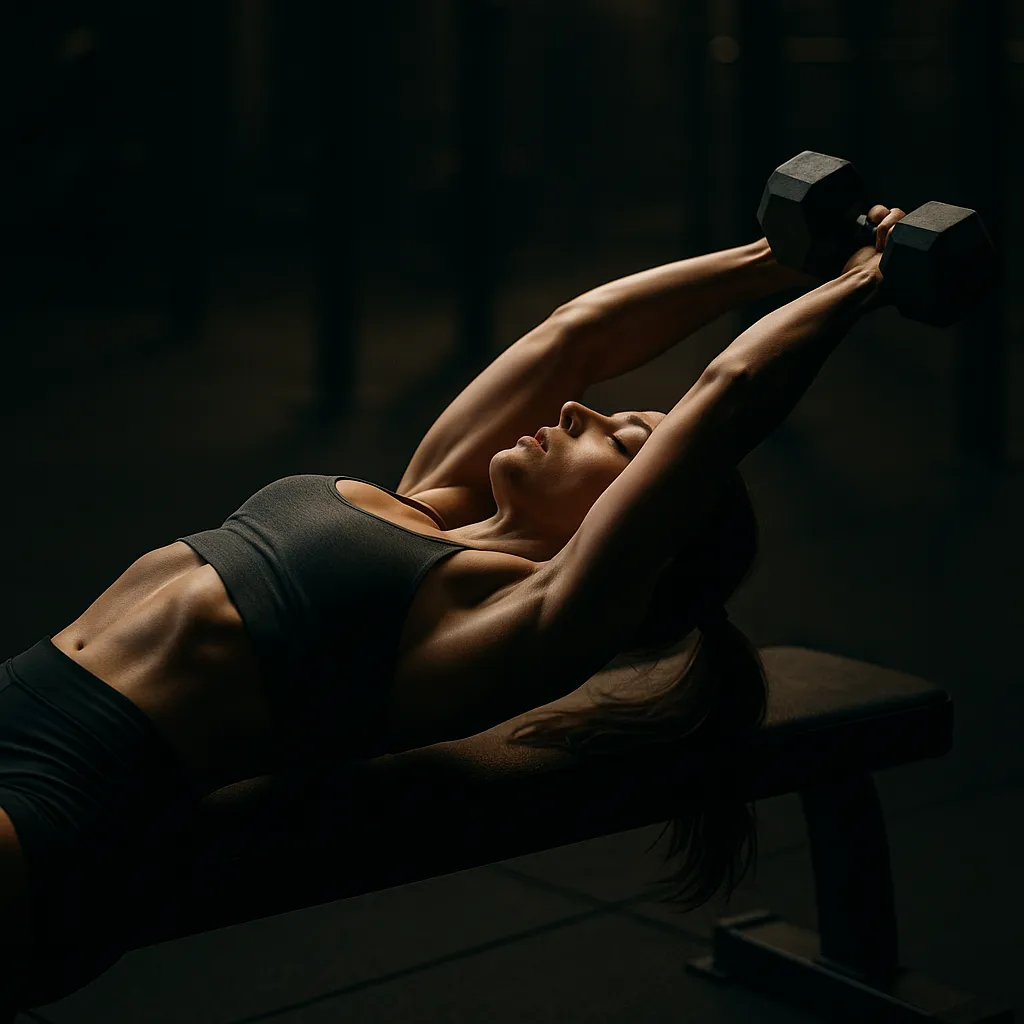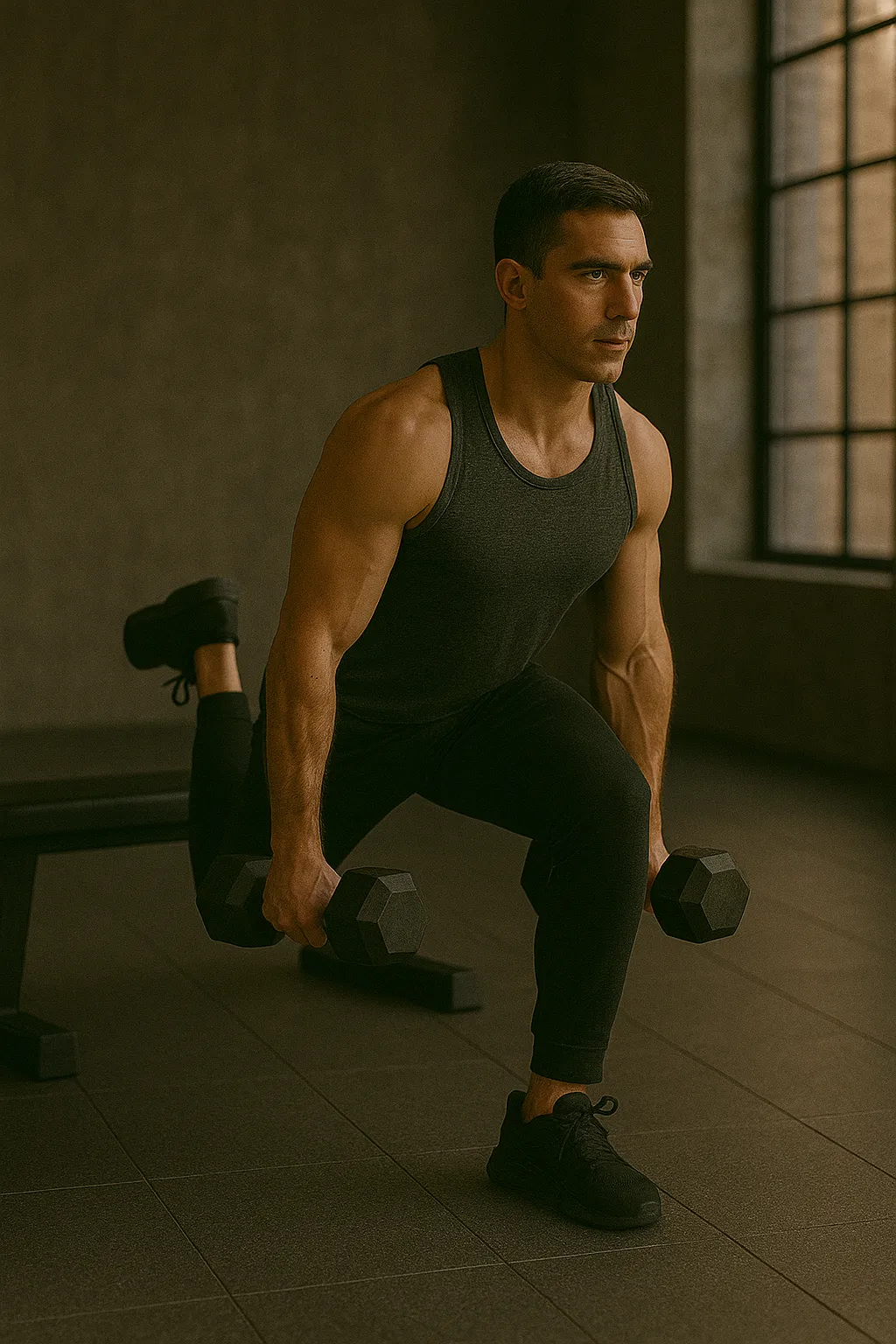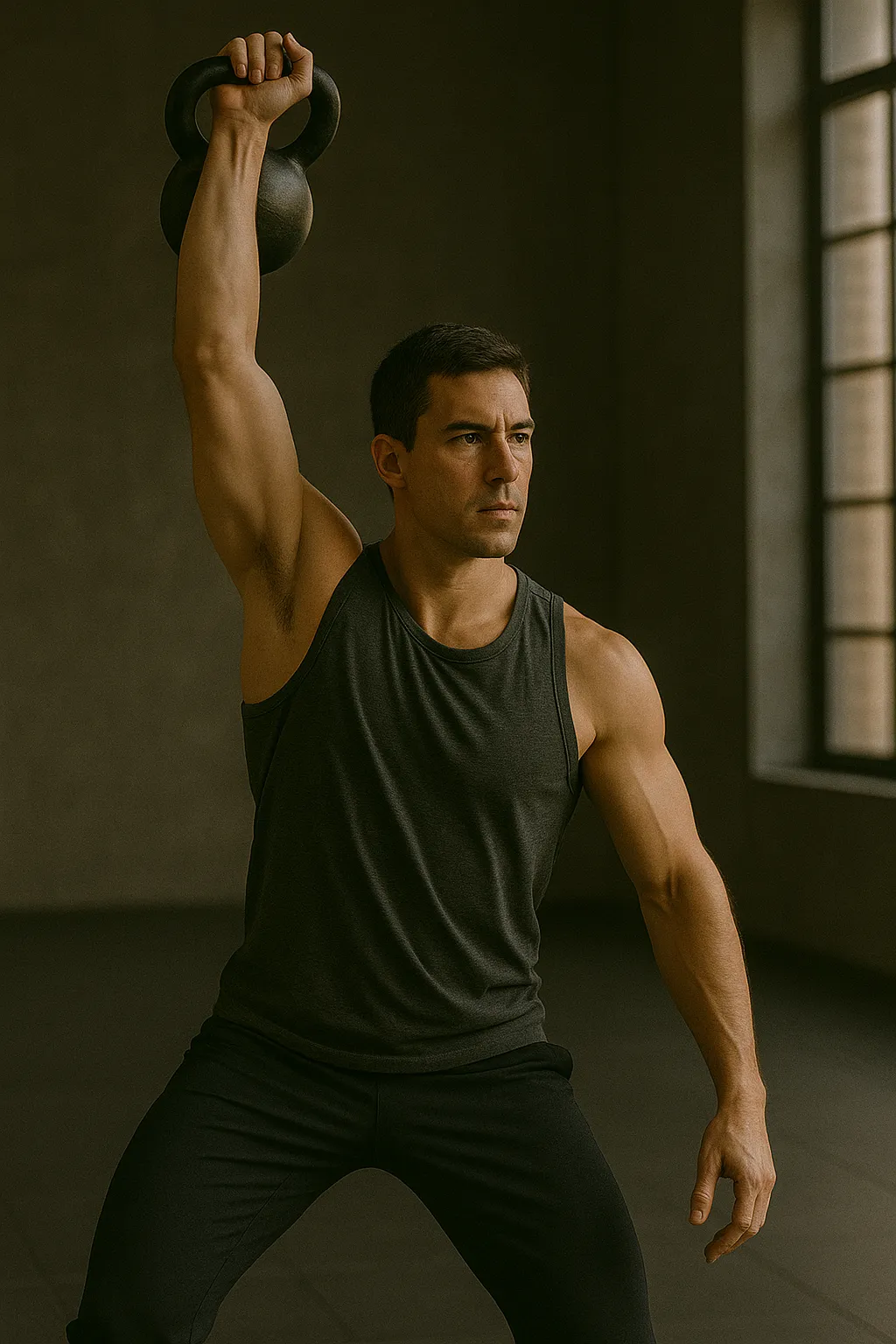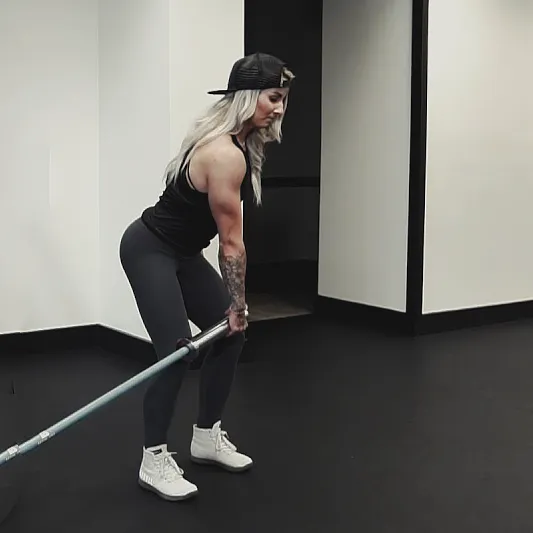Exercise Facts
| Movement Pattern | Hinge, Pull |
|---|---|
| Muscle Group | Biceps, Core, Glutes, Lats, Quads |
| Equipment | Rowing Machine |
| Environment | Gym, Home |
| Skill Level | Beginner, Intermediate |
| Series | Hybrid Conditioning Series, HYROX Functional Series |
| HYROX Station | Row |
Overview
The rowing machine, or ergometer, is a cornerstone of functional fitness. It provides a full-body cardio workout, combining leg drive, hip hinge, and pulling strength into one rhythmic movement. Unlike running, rowing is low impact, making it suitable for a wide range of athletes while still demanding significant energy expenditure.
In HYROX, athletes are required to row 1,000m each round, and efficient technique can make a huge difference in performance. Proper rowing mechanics follow a sequence: legs drive first, then the hips open, and finally the arms pull the handle into the chest. The recovery is the reverse — arms extend, body leans forward slightly, then knees bend to return to the start.
This ratio of drive to recovery is important. Many beginners rush the return, spiking their heart rate and losing rhythm. A 1:2 drive-to-recovery rhythm keeps rowing efficient. Common errors include pulling too early with the arms, slouching the back, or overleaning. Cueing athletes to “legs first, then arms” and “sit tall” helps correct form.
Rowing is highly adaptable. Short sprints (e.g., 10×250m) develop anaerobic capacity, while longer rows (e.g., 5,000m steady state) build aerobic endurance. RB100 athletes may choose to complete 100 calories on the rower for time, creating a metabolic challenge that blends strength and cardio.
Because rowing engages quads, glutes, hamstrings, lats, and core simultaneously, it’s one of the most efficient machines in the gym. It also trains coordination, as sequencing the drive and recovery phases requires practice. Once mastered, it becomes almost meditative — powerful yet smooth.
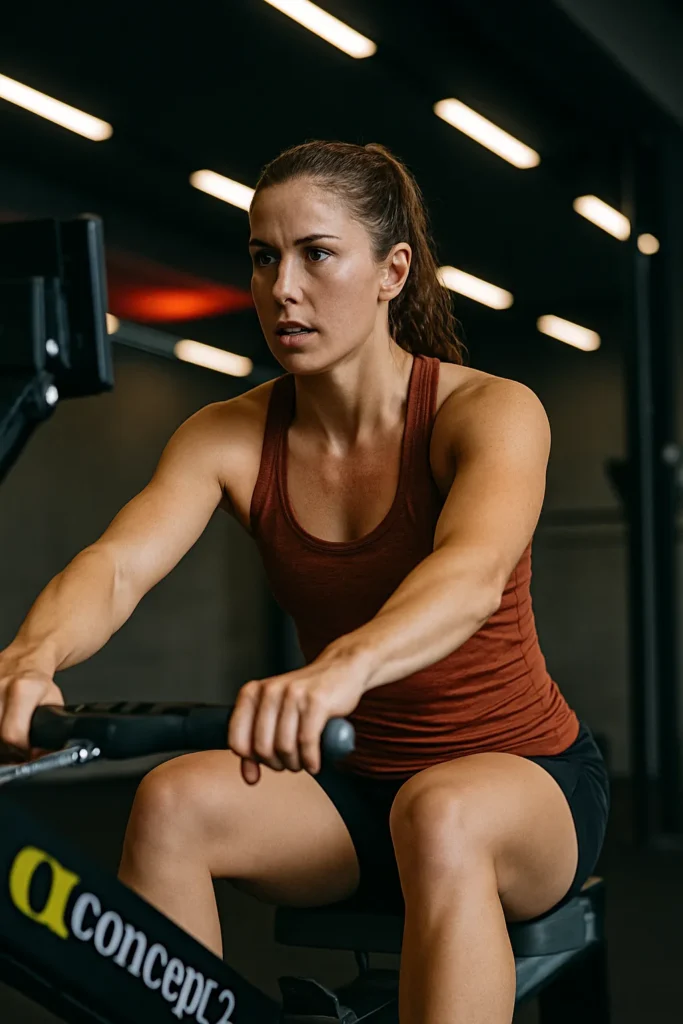
Setup (Steps)
Sit on rower, strap feet, grasp handle.
Execution (Steps)
Drive through legs, lean back slightly, pull handle to chest; return smoothly.
Coaching Cues
“Legs first, then arms.” “Tall posture.” “Control recovery.”
Common Faults & Fixes
• Early arm pull → Delay arms until legs extend.
• Slouching → Sit tall.
• Rushing recovery → Count ratio 1:2 drive:recovery.
Programming Ideas
• Strength endurance: 10×250m sprints.
• Endurance: 5,000m steady.
• RB100: 100 calories for time.
Variations
Power strokes, Tabata intervals.
Regressions
Short intervals (100–200m).
Standards & Competition Notes
HYROX = 1,000m row.
Safety Notes
Avoid overleaning back; brace abs.
